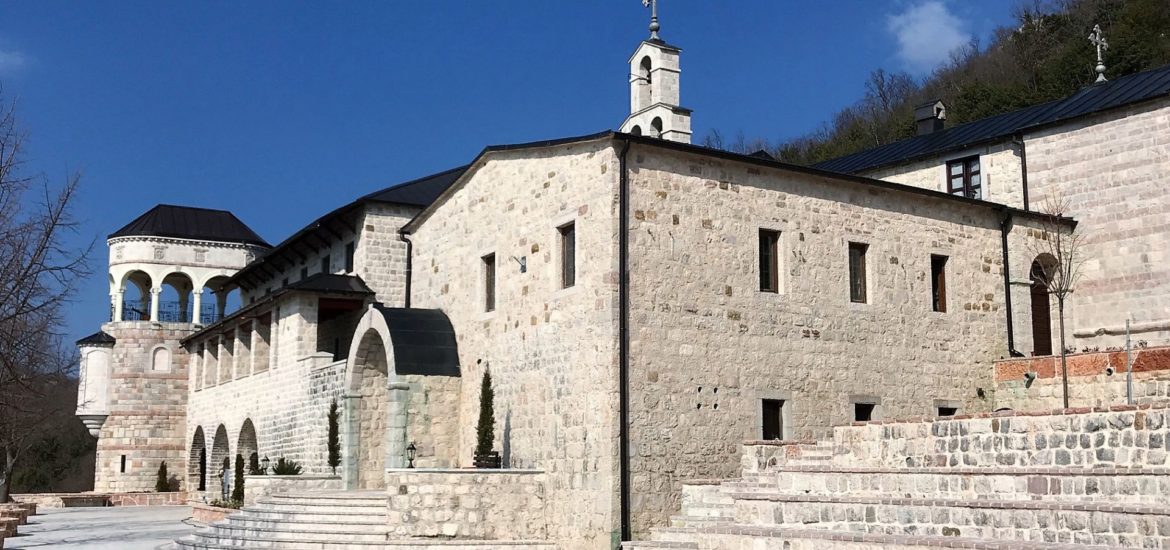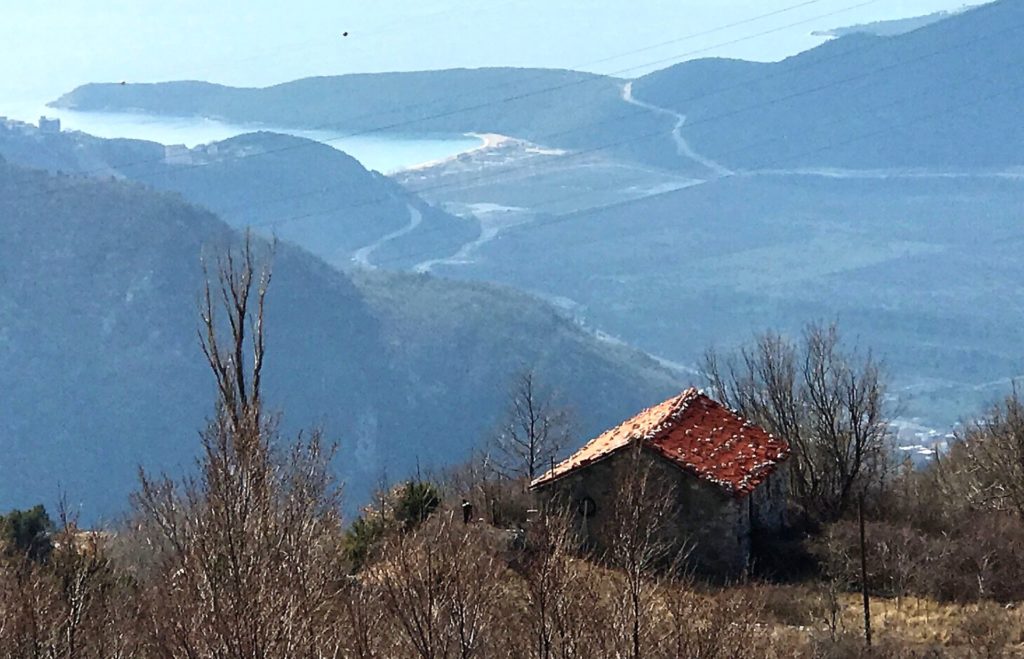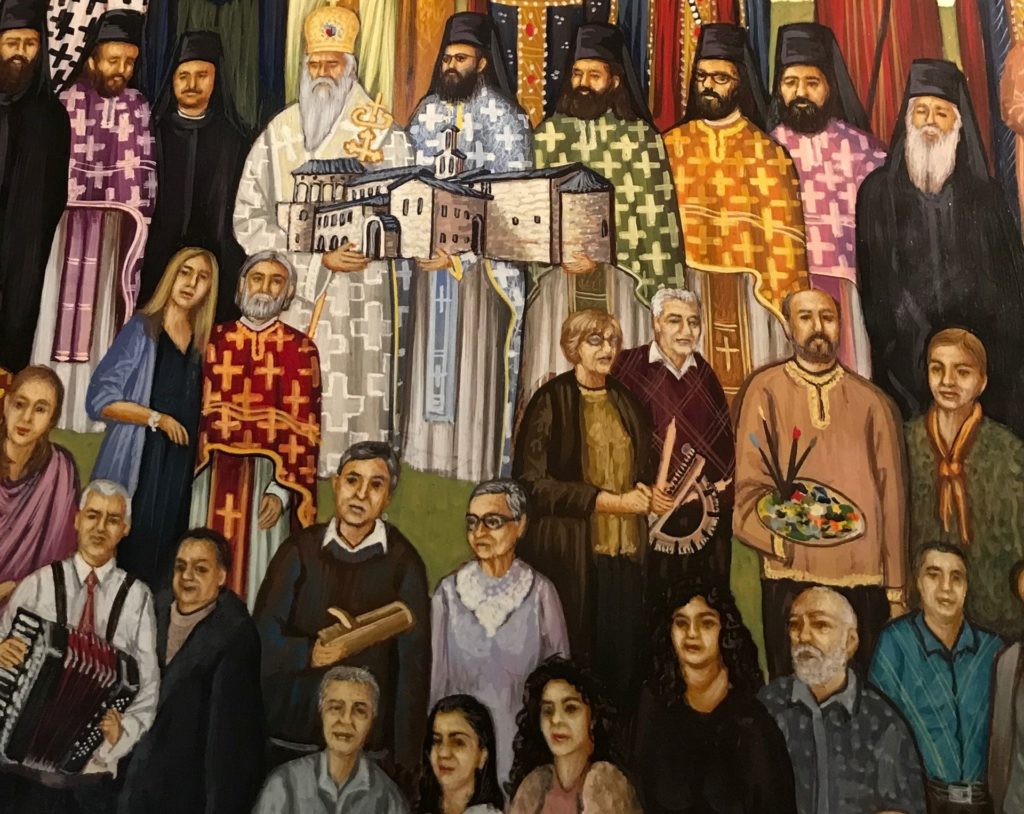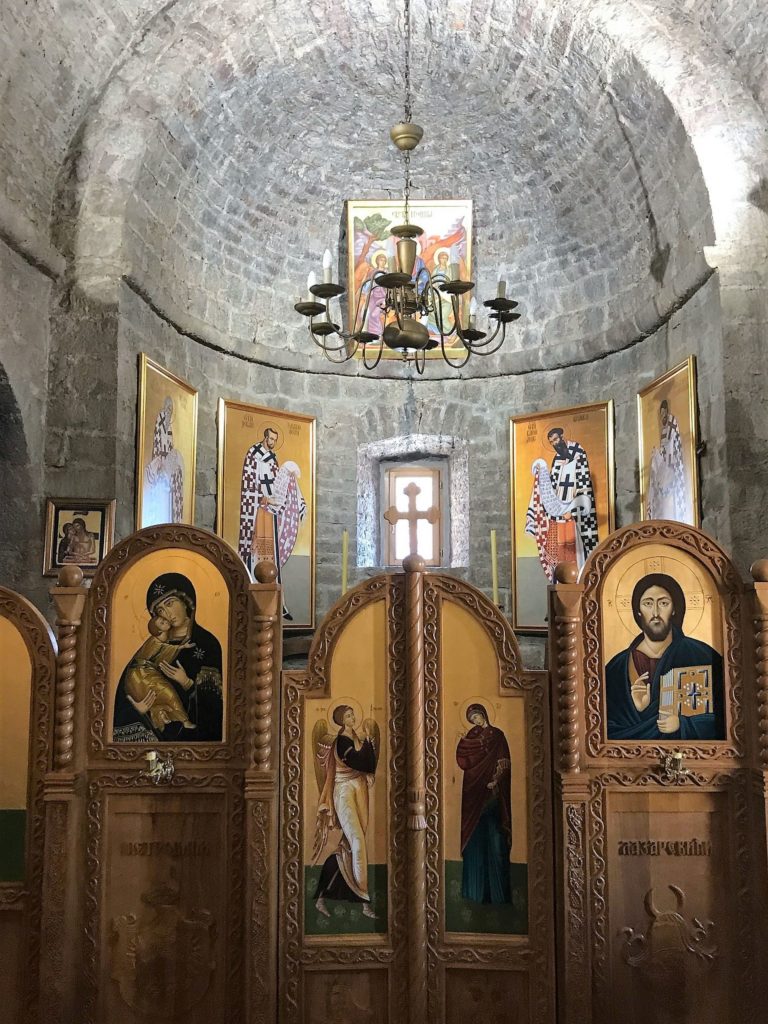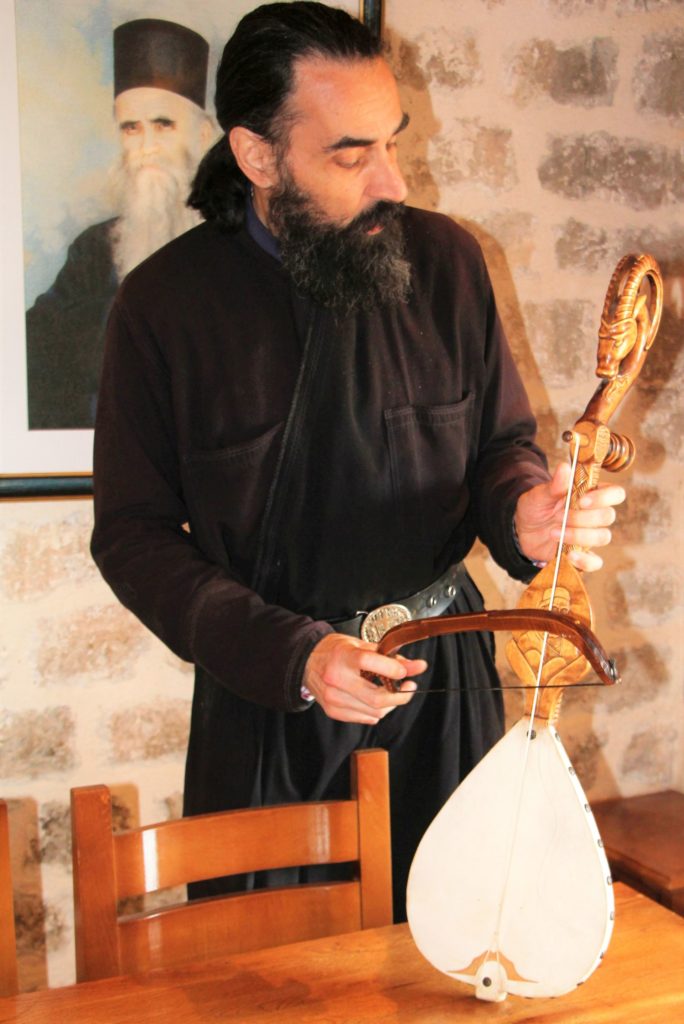During the last few years, I have visited many Orthodox monasteries all over Montenegro. One of the few monasteries I had not visited yet was Stanjevići monastery, located on the southern slopes of Mount Lovćen, just above Budva. No wonder, it was not until last year that the comprehensive restoration of this complex was finished. The former dirt road was replaced by an asphalt road from the village of Pobori to Stanjevići monastery, which made the place easier accessible.
Nowadays, it is quite easy to reach Stanjevići monastery. If you spend your holidays in Budva, take your car (or a taxi) and follow the road to Cetinje. At a sharp curve near the village of Lapćići, turn left to Donji Pobori (altogether 14 km), where you should turn right following the new asphalt road to the monastery for another 3.5 km. Coming from Podgorica, the distance is 58 km only. But take care, the road is very narrow and there are no crash barriers.
It is also possible to reach the monastery by foot. The hiking trail, which offers spectacular views of the coastline, leads from Budva via the Podmaine monastery uphill to Stanjevići monastery.
Visit of the monastery
We visited the Stanjevići monastery on a quiet and sunny winter day. Father Marko, one of the five monks who have found residence here, welcomed us at the gate and we were immediately touched by the spiritual and serene atmosphere of this place. He showed us around, telling us many details about the history of the monastery.
The interior of the tiny church dedicated to the Holy Trinity surprised us with intricate wood carvings all over the walls. One of them symbolizes the Bible verse “I am the vine, you are the branches” and shows Jesus as a vine with many branches in the form of Russian saints whose relics are kept in a special glass box. The two main icons on the iconostasis were painted by the renowned iconographer hieromonk Maximus Tujković in 1738. Other wood carvings do not only depict saints and Bible scenes, but also “common” people: an architect, painter and wood carver stand side by side with Desanka Maksimović, a famous Serbian poetress, and Dražo Mihailović, a Chetnik general.
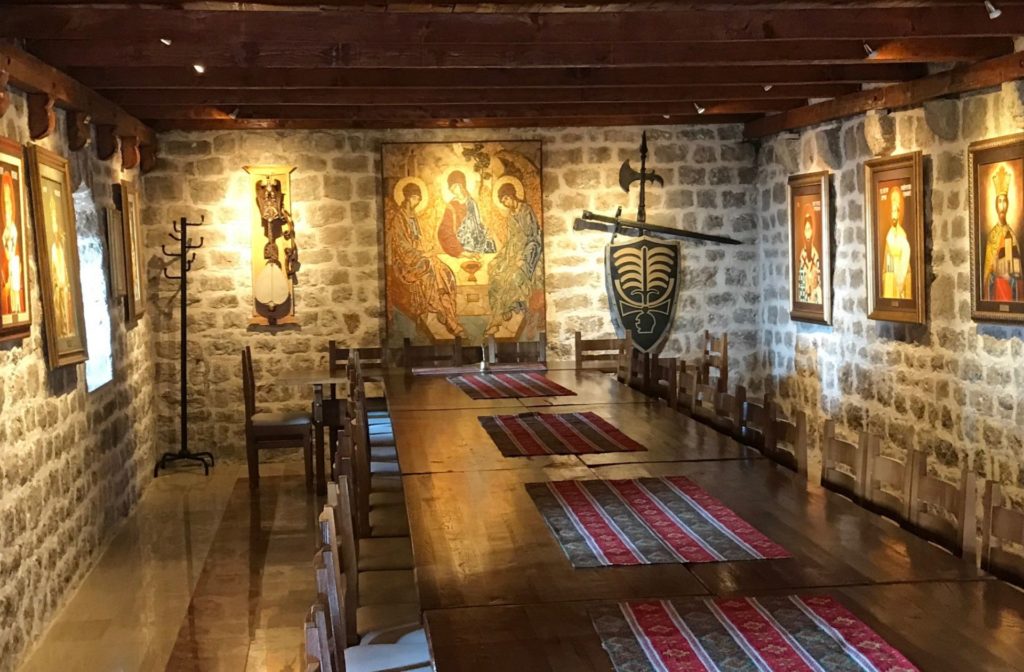 Another beautiful space in the monastery is the big dining room with a portrait gallery of the Petrović dynasty. On a large terrace that offers a magnificent view of the surroundings (I must say, unfortunately the terrace was not built in the simple architectural style of the monastery itself) we saw one of the four canons that was used by the Austrians in the times when Stanjevići was a border control station.
Another beautiful space in the monastery is the big dining room with a portrait gallery of the Petrović dynasty. On a large terrace that offers a magnificent view of the surroundings (I must say, unfortunately the terrace was not built in the simple architectural style of the monastery itself) we saw one of the four canons that was used by the Austrians in the times when Stanjevići was a border control station.
The eloquent and obviously highly educated monk seemed to be very attached to the monastery. He also told us that there is a church on the top of the hill overlooking the present monastery that is dedicated to St George the Martyr and a fort (Đurđevac), the ruins of which may still be seen today. Every day on St George’s Day (May 6th), a Holy Liturgy is celebrated by Metropolitan Amfilohije among the ruins of Đurđevac church.
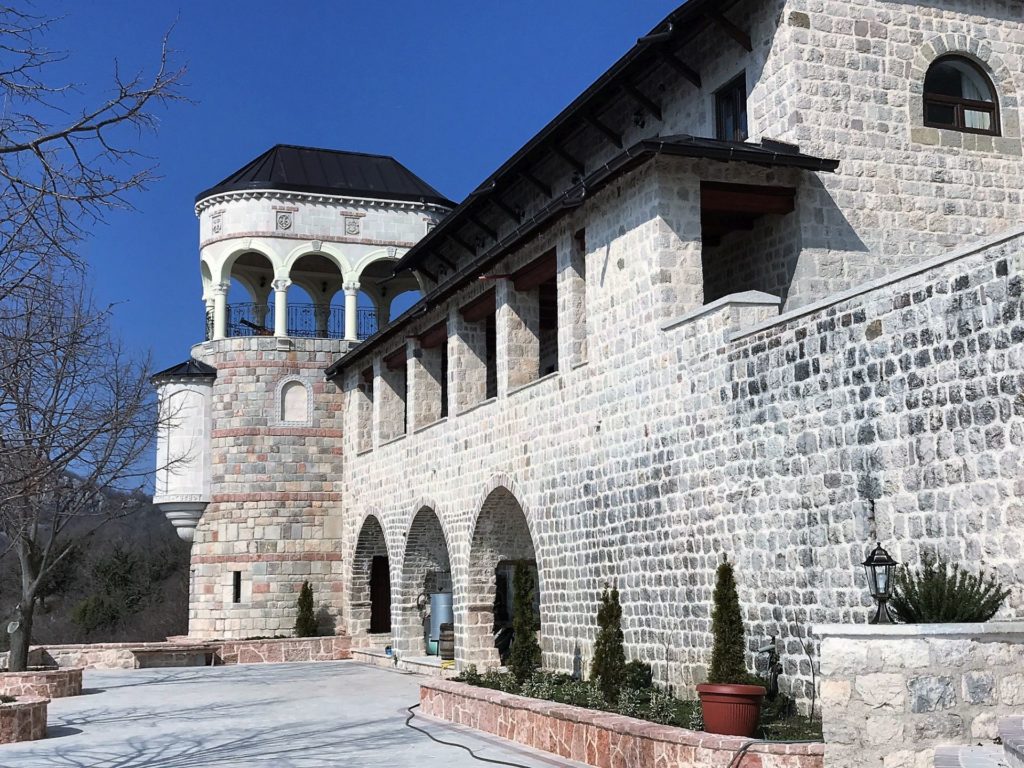 As we were the only guests, we spent quite a long time with Father Marko, discussing religious and philosophical matters. We were struck by his devotion and tranquility and we really got the impression that he might be one of the rare people who seem to have found the recipe for happiness and serenity.
As we were the only guests, we spent quite a long time with Father Marko, discussing religious and philosophical matters. We were struck by his devotion and tranquility and we really got the impression that he might be one of the rare people who seem to have found the recipe for happiness and serenity.
History
The monastery of Stanjevići was founded in the 14th century by Duke Nikola Stanjević, a powerful nobleman at the court of Emperor Stefan Dušan. It was destroyed several times by the Turks and the Venetian forces, but in 1725 archbishop Danilo rebuilt the monastery with financial aid from Russia.
Under Metropolitan Petar I Petrović-Njegoš, who was later canonized as St Peter of Cetinje (Sveti Petar Cetinjski), the monastery became the spiritual and political center of Montenegro. It served as St Peter’s residence for almost twenty years. It was here that the first part of the first Montenegrin law – the General Code of Montenegro and the Hills – was shaped and promulgated by the tribal leaders in 1798.
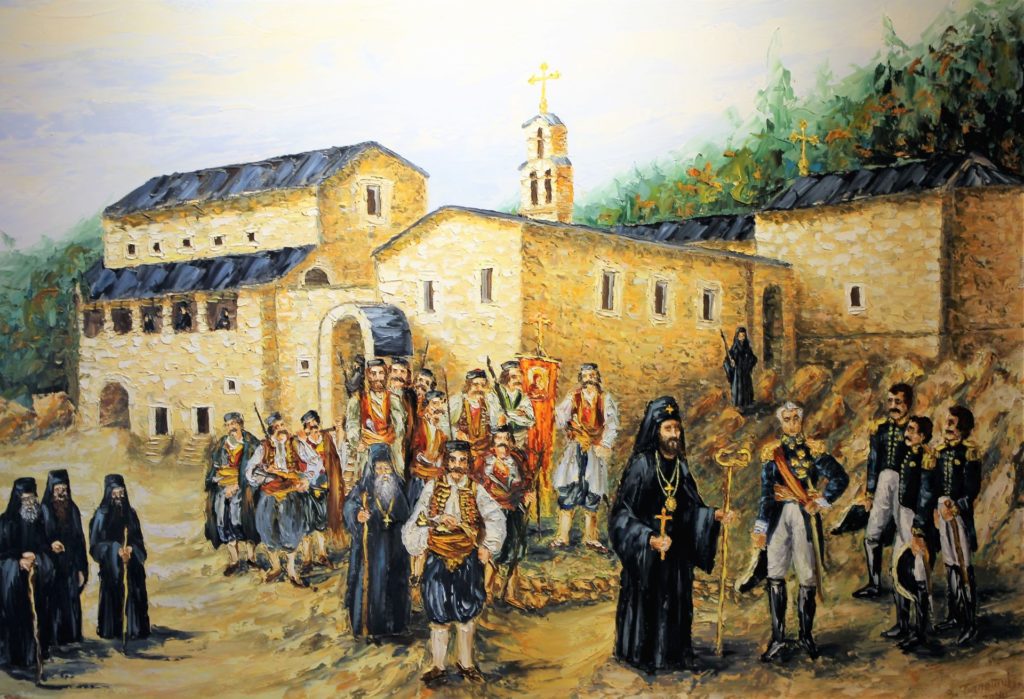 Also Petar II Petrović-Njegoš frequently took residence at the monastery, where he wrote his sublime poem “The Ray of the Microcosm”. Unfortunately, he was forced to sell the Stanjevići monastery to Austria in 1837.
Also Petar II Petrović-Njegoš frequently took residence at the monastery, where he wrote his sublime poem “The Ray of the Microcosm”. Unfortunately, he was forced to sell the Stanjevići monastery to Austria in 1837.
The Austrians turned the monastery into a border patrol station with twenty soldiers. The dormitory and the church were strengthened and transformed into a fortification. The monastery suffered considerable damage during the Boka uprising in 1869 and the earthquake of 1979, while its reconstruction started back in 1994.
Thousands of foreign tourists will visit the Montenegrin Coast this summer. They come to enjoy the sun and the sea, but I am sure that many of them will also be interested in visiting cultural monuments, even if they are off the beaten track.
Should you decide to visit this hidden monastery, you will be far away from a tourist experience. The mystic atmosphere of the church, the simple architecture and the silence, the spectacular terrace that offers a fantastic view all the way down to the coast are only some of the reasons why you should discover it before the crowds arrive at this serene and spiritual place!
